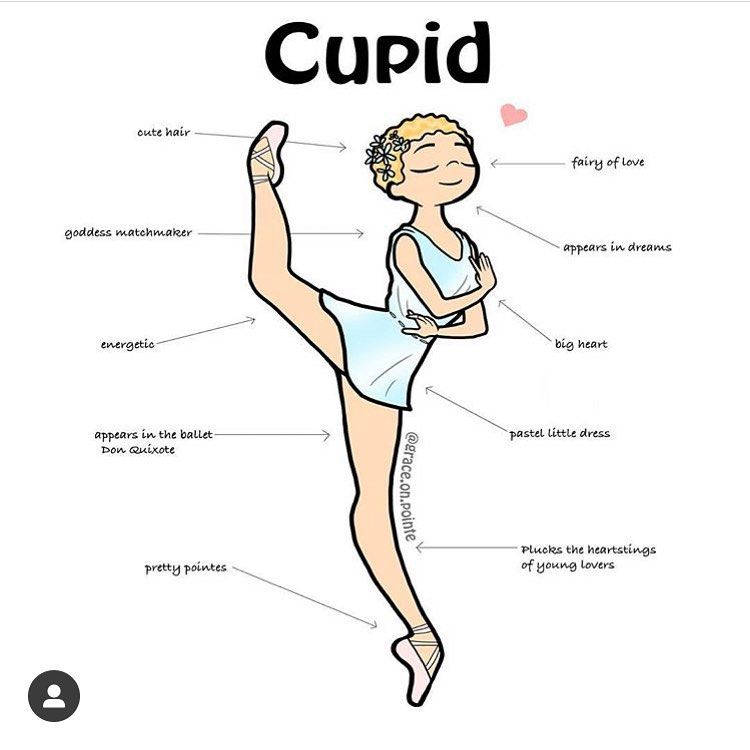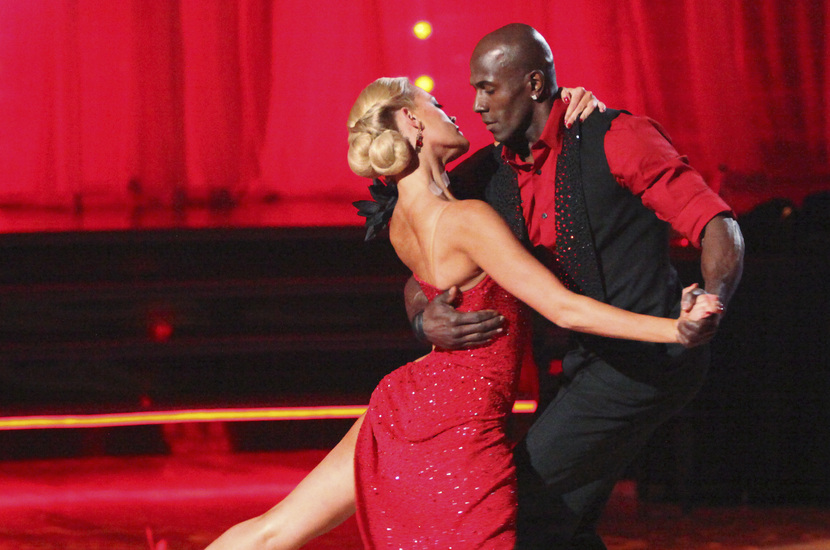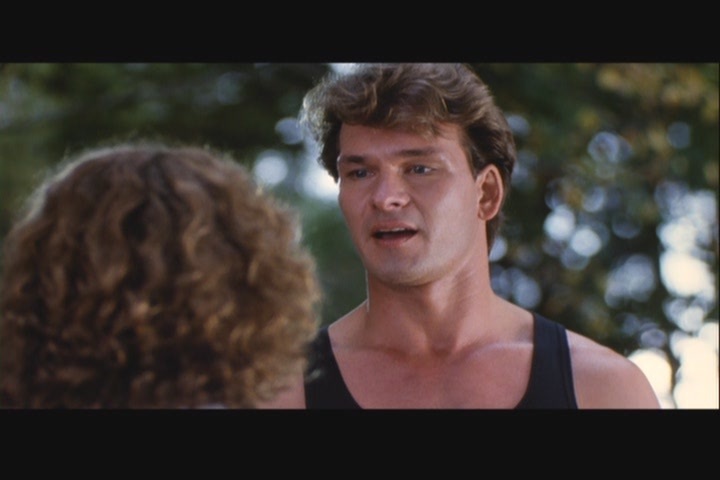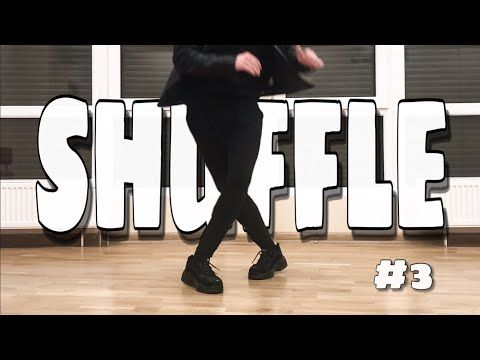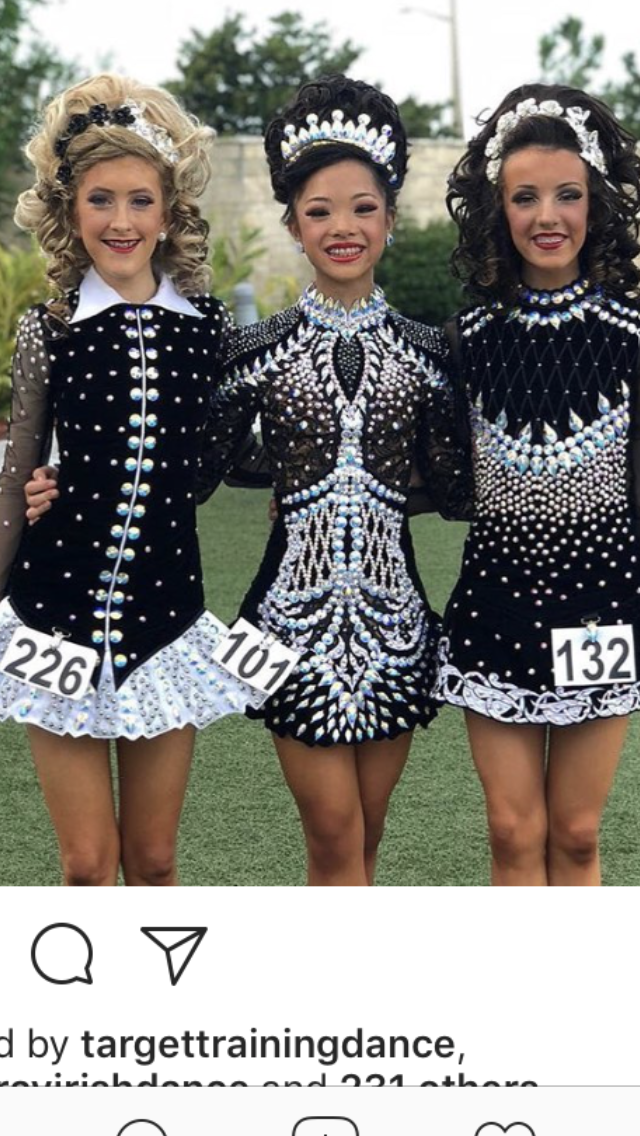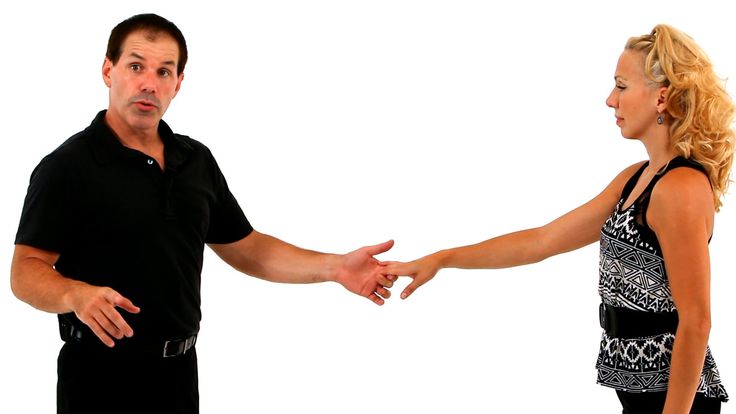How many dances does a quinceanera have
All You Need to Know- Q by DaVinci
Figuring out what to do for your birthday celebration is a big job. But check out these ideas about Your Quinceanera Dances: All You Need to Know.
Traditionally, your Quinceanera dance on your 15th birthday should be your very first dance with a male. In the past, until she turned 15, it was considered improper for a girl to dance with a boy. Though this is hardly the norm now, with dances starting much earlier for kids and teens alike, tradition is tradition, and this one is not to be taken lightly.
Some people still consider the Quinceanera dance to be the most important aspect of your celebration!
pinterest.com
Always keep in mind your Quinceanera’s original purpose:
Your presentation to society as a young woman. This is of the utmost importance and will help you choose the best options for all aspects your dance.
Your Quinceanera Dances: All You Need to Know
Dances reflect your values
- The Quince dance is a way to show society and your loved ones your values, including whom you choose for friends and companions.
- It’s also a way to showcase how you’ve grown in grace, manners and refinement.
- And again, the Quinceanera dance signifies—at least symbolically—your first dance in public.
- The older tradition held that girls were allowed to dance only with other girls at school or family functions before their 15th birthday. Anything else was unacceptable.
Your dances honor the men in your life
pinterest.com
- One lovely aspect of the Quinceanera dance is that it’s a way to show the men in your life how much they have influenced you, and how much they mean to you.
- This applies especially to the father-daughter dance.
- You can also choose to dance with all the other father figures in your life.
Your Quinceanera Dances: All You Need to Know
Options
So now, you need to look at all the options available for a Quinceanera dance.
Traditional or modern?pinterest. com
com
- Take into consideration the type of music you want.
- The dance should center on you and your journey thus far, so the songs and the music should be meaningful to you.
- Your music should give you a happy little heart tug when you take the floor!
Which dances speak to you?
pinterest.com
- If you go with a traditional tune and the classic waltz, you and your court will still learn something new because of the precision required in traditional ballroom dancing.
- You could also go the opposite direction and opt for modern choreography with current popular music.
- You can even fashion your dances around the theme of your Quince.
Who do you want to dance with?
pinterest.com
- Keep in mind: you don’t have to limit yourself to the members of your court.
- There may be others in your life who would love the opportunity to dance with you, and who mean enough to you that you want to include them.
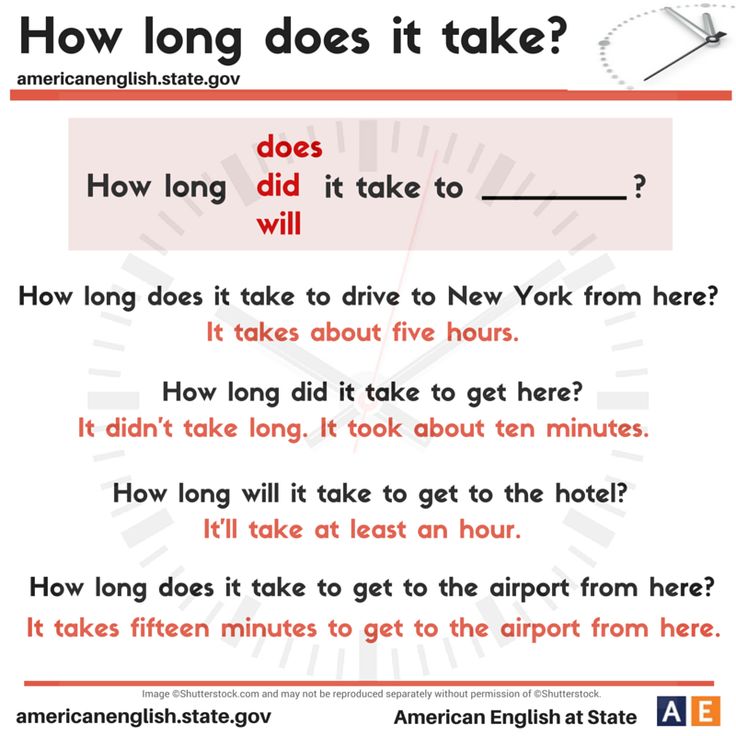
- You can even dance with the significant women in your life, like your mom, or maybe a mentor.
Your Quinceanera Dances: All You Need to Know
Quinceanera choreography- All these lovely presentations can seem tricky and complicated, but don’t let yourself get overwhelmed.
- Take it—literally—step by step, taking your time to learn the basic routine.
- Once you’ve got the footwork nailed down, you can focus on other aspects such as dancing gracefully and portraying emotion with your movements.
pinterest.com
Bring your entire court with you to rehearsals
- Or at least those key people who will be part of the dance.
- It’s possible that not everyone can make all the practices, but even if they’re natural dancers or fast learners, they need to attend at least half the rehearsals.
- Everyone needs to know what they’re doing so that it all goes smoothly on your special night.
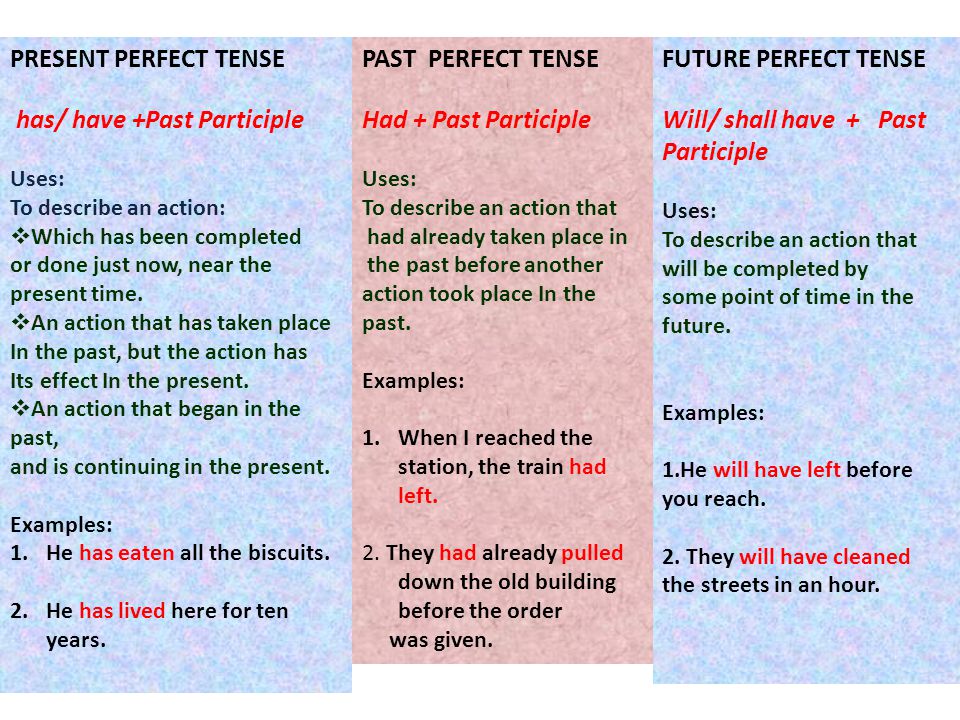
Remind your court that dances require commitment
pinterest.com
- Make sure to tell people this when you invite them to be in your court.
- Some may say no because they simply don’t have the time (or perhaps they’re extremely self-conscious).
- Don’t demand anything from anyone.
Remember: You can always adjust the number of people who do the formal dances.
These are your friends, and they want to give to you, but not everyone can give what it takes for successful full-out Quinceanera choreography.
About your dad & family members
When it comes to your dad and other family members, it all depends on how much choreography you want them to learn.
- If you’re okay with just a slow dance so those men you love can talk with you and share a few words of wisdom, there’s no need to ask them to practice.
pinterest. com
com
- If you really want to give your guests a show, though, and your loved ones don’t mind learning a new thing or two, then schedule practices for them as well.
pinterest.com
Keep in mind: the older generation may find it harder to find practice time, and also may not want to do anything fancy.
Your Quinceanera Dances: All You Need to Know
Practice in front of a mirrorpinterest.com
- You need to see how you look.
- You’ll see firsthand what you’re doing wrong, or if something looks awkward, and you can adjust accordingly.
- Dancing in front of a mirror is also a great way to practice not looking at your feet!
- You want people to see your face—and cameras catching you smiling at your guests—even as you wow them with fancy footwork.
Practice your dances in your high heels
pinterest.com
- If possible, also wear your dress or at least a practice skirt that mimics your gown’s full skirt.

- You don’t need to do this for every practice, but you should get a feel for how the skirt will weigh you down on the night itself.
- Never underestimate the pull of the dress, its length, or its volume.
- You also might find out that you move so much differently in your original shoe selection that you need to change them out for something more danceable.
If you want your Quinceanera dress to be a surprise:
pinterest.com
Dance in something with a similar silhouette and weight.
- Consider a used dress floor length party dress froma resale shop.
- Perhaps a bridal gown with a full skirt or a heavy bridesmaid or prom dress.
- Choose something that’s close to the weight and fullness of your actual Quince dress.
Your Quinceanera Dances: All You Need to Know
Start dance practice at least two months before your Quince day- Hold practices twice a week.

- This will give your court options to attend without pressuring them to learn too much in too little time.
- Two months before is also just right because you and your group won’t be so likely to forget the routine or freeze up in the middle of the dance.
pinterest.com
Last but not least: Have fun!
Yes, you need to practice so that things go smoothly, but because “stuff just happens” no matter how much preparation you put into it, also try to practice “let it go” by laughing at your mistakes during practice. Don’t let a literal misstep ruin your night. Just run with it!
For the very best collection of great ideas for planning your Quinceanera & adapting to circumstances that may have delayed your big day,
Click HERE or on the image below for Q by DaVinci blog:Dance 101: Quinceañeras - Dance Engagements
What is a Quinceañera? The History, Traditions, Dances, and Facts.

The word Quinceañerais used in Mexico for a 15-year-old girl celebrating her birthday. A quincea*era is a celebration of a girl’s 15th birthday, although, for the most part, it is pronounced “Quinceañera,” which is derived from the Spanish words Quinceañera, which means “fifteen years.”
In many Latin American regions, a girl’s fifteenth birthday is celebrated as a Quinceañera. It is also known as a fiesta de quince años, fiesta de Quinceañera, and quince. Quinceañera is derived from the Spanish words “quince,” which means “fifteen,” and “años,” which means “years.” Those who celebrate this important birthday mark the transition from childhood to womanhood.
The History of Quinceañera Celebrations
The Quinceañera’s origins can be traced back many centuries to rites of passage for girls. Girls were separated from other children at a certain age in order for women to teach them about their upcoming roles as family and community members.
During the official rites of passage, young women pledged to serve the community, and the community thanked the gods for their future wives and mothers.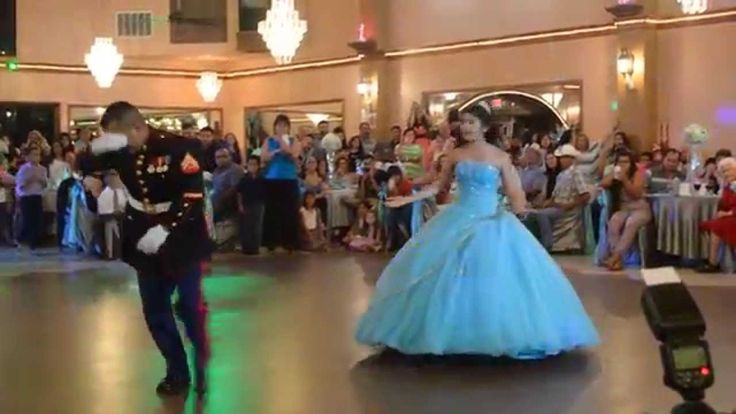
Missionaries eventually transformed the rite of passage into a personal affirmation of faith, and the celebration became associated with the church.
How is a Quinceañera Celebrated?
Today, the Quinceañera celebration is often a lavish affair with many guests, similar to a wedding. Planning a Quinceañera can begin as early as childhood, and family and godparents will save money for the party until the girl reaches the age of consent. Preparation time can range from six months to two years. Dancing is a big part of the Quinceañera celebration!
One of the most popular Quinceañera dance traditions is the waltz, an elegantly choreographed dance performed by the birthday girl and her court. The Vals is the waltz routine and is usually performed in the beginning or middle of the reception. If this is also the first dance of the celebration, the quinceañera will take her father as her partner. In addition to the Father-Daughter Dance and “surprise dance,” celebrants and guests frequently dance to Salsa, Cumbia, Cha-Cha, Merengue, Bolero, and Rumba music.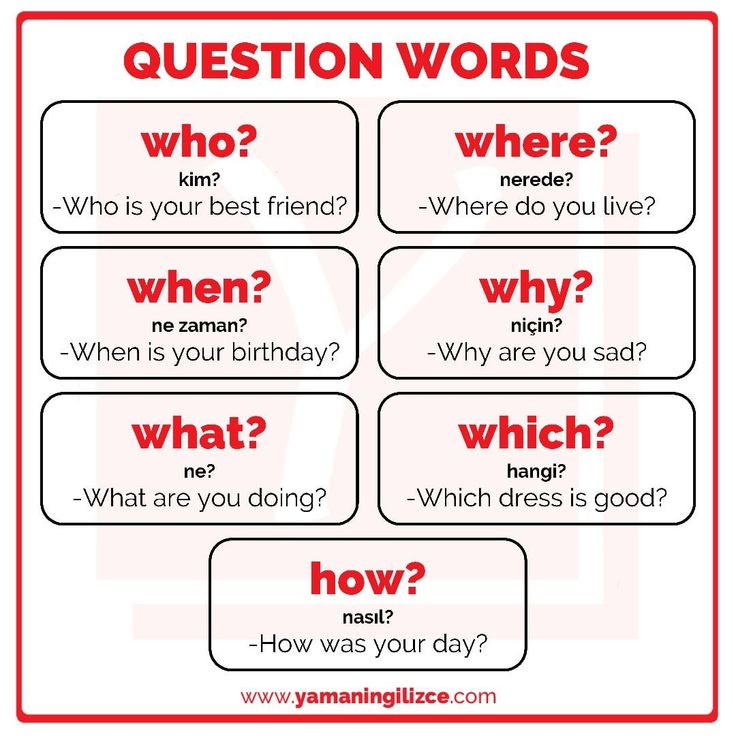
How Many Dances Are in a Quinceanera?
Traditionally, most Quinces include these three (3) traditional bailes, or dances: The Entrance Waltz (El Vals), a Surprise Dance (Baile de Sorpresa), and the Father/Mother-Daughter Dance (Baile de Mama/Papa).
These Quinceañera dances must be completely learned and prepared to be performed for guests. Time is also required for deciding on and preparing decorations, cakes, and dresses. These days, expos, websites, and magazines help Quinceañeras plan their birthday celebrations.
The father and daughter dance is still performed at the Quinceañera today. It is still one of the most emotional aspects of the Quinceañera celebration because it represents the birthday girl’s first dance as a young woman with her father. If the father is unavailable, an older man who has served as a father figure will usually dance.
The father and daughter dance is typically a waltz, and it’s an opportunity for the father to encourage his daughter as she takes her first steps into womanhood.
The Quinceañera chambelan (or the birthday girl’s escort) will approach the father after the father and daughter dance and ask for permission to dance with the birthday girl. The family waltz usually comes after the father and daughter dance, and it consists of the Quinceañera’s immediate relatives and closest friends dancing a group waltz. The group waltz dance is typically performed by up to twenty dancers, ten boys (chambelanes), and ten girls (the Royal Court). The dancers will typically receive at least five to ten hours of professional Quinceañera dance lessons before the party to be prepared and in sync on the day of the fiesta.
While optional, the “surprise” dance portion of the Quinceañera is often regarded as the most enjoyable part of the party planning for the birthday girl. A professional Quinceañera dance choreographer is usually hired to assist the birthday girl in creating a dance in which she will dance with her “damas” and “chambelanes. ” Usually, any trendy or fun dance song is welcome.
” Usually, any trendy or fun dance song is welcome.
The chosen dance genre is diverse and extensive. Hip-hop, tango, Cha-cha, bachata, reggaeton, and other popular surprise dances include hip-hop, tango, Cha-cha, bachata, reggaeton, and others.
The surprise dance is an excellent way for the Quinceañera to personalize her party.
To present the surprise dance, the damas and chambelanes who dance with the birthday girl dress in coordinating outfits.
The birthday girl usually wears something that blends in with her group but is a little different to set her apart, making her the star of the show.
These costumes must allow for movement and accommodate the dance while also matching the dance’s personality. Another important aspect of the Quinceañera celebration is open floor dancing, in which guests are invited to freestyle dance.
Quinceañeras can now include DJs, dance shows, and even mariachis. In the United States, popular music for traditional dances is in Spanish or English.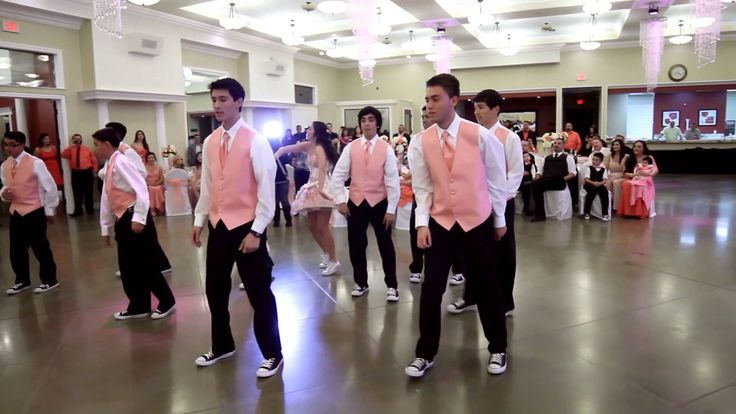
The Quinceañera is one of the few Latin American celebrations that are universal. The tradition is still practiced by second and third-generation Hispanic girls in the United States.
Dance has always been and continues to be an important and distinguishing feature of this celebration.
Hire Los Angeles Quinceañera Dance Instructors Near You That You Can Trust
Dance Engagements is a nonprofit dance company that custom-choreographs professional, creative, entertaining, fun, and affordable dance routines for Quinceañeras and other special events. Our nationally-recognized dance instructors offer unique packages to help the Quinceañera and her court prepare for her special occasion.
Dance Engagements creates a specially choreographed piece to celebrate the occasion. After la Quinceañera gives us her thoughts and ideas, we take care of the rest. This is done in a fun and exciting way that creates lifelong memories.
Quinceañeras and Sweet 16’s are milestones and fun times in a young lady’s life. Dance Engagements can customize a routine to match her preferences and needs. Working with a single partner or a large group is our specialty. Let us help create an unforgettable dance routine for the special birthday girl or boy and their special friends. OUR MASTER CHOREOGRAPHERS HELP YOU WITH:
Dance Engagements can customize a routine to match her preferences and needs. Working with a single partner or a large group is our specialty. Let us help create an unforgettable dance routine for the special birthday girl or boy and their special friends. OUR MASTER CHOREOGRAPHERS HELP YOU WITH:
- Entrance / Exit / Presentation
- The layout of the venue
- Selection of music
- Creating choreography
- Dance lessons can be scheduled at any time to fit your needs.
- A selection of music
- Two to three months of practice *Recommended
- Daddy-Daughter Dances
- Group Waltz (Vals)
- Surprise Dance
- Chambelan Dances
- The Mother-Son Dances
- No limit on the number of court members
- Music editing is included in all packages – a $199 value.
GET IN TOUCH
Top 50 Quinceañera Dance Songs from the ’90s – 2000s
- “Shake it Off” Taylor Swift
- “Loose Control” Missy Elliot
- “Scream and Shout” Britney Spears
- “On the Floor” Jennifer Lopez
- “Sigueme y te sigo” Daddy Yankee
- “Bailando” Enrique Iglesias
- “Quincenera” Musica Telenovela 05
- “La Vaca” Mala Fe
- “El Baile del Beeper” Oro Solido
- “Píntame” Elvis Crespo
- “El Baile del Perrito” Wilfrido Vargas
- “La Duena del Swing” Los Hermaños Rosario
- “Oye Abre Tus Ojos” July Mateo Rasputín
- “No Me Digas Que No” La Makina
- “Mil Horas” La Sonora Dinamita
- “La Pollera Colora” Los Inmortales
- “Todo Me Gusta de Ti” Aaron y Su Grupo Ilusión
- “Tiene Espinas el Rosal” Grupo Canaveral
- “Vivir Mi Vida” Marc Anthony
- “Quimbara” Celia Cruz
- “Sopa de Caracol” Banda Blanca
- “1, 2, 3” Grupo Kazzabe
- “La Morenita” Oro Solido
- “Tu Guardian” Juanes
- “Cuando a Mi Lado Estas” Ricardo Montaner
- “Daughters” John Mayer
- “De Nina a Mujer” Julio Iglesias
- “Entre Tus Alas” Camila
- “Tu Sonrisa” Elvis Crespo
- “Se Me Perdio la Cadenita” La Sonora Dinimita
- “Guantanamera” Celia Cruz
- “Tu” Ricardo Arjona
- “Maria Se Fue” Oro Solido
- “Sauvemente” Elvis Crespo
- “Oye” La Sonora Dimimita
- “La Negra Tiene Tumbao” Celia Cruz
- “Latino Swing” Banda Blanca
- “La Cortina” La Sonora Dinamita
- “Fiesta” Banda Blanca
- “El Privilegio de Amar” Mijares y Lucero
- “Count On Me” Bruno Mars
- “Landslide” Glee Cast
- “How Sweet It Is” Michael Buble
- “Stand By Me” Prince Royce
- “Dance With My Father” Celine Dion
- Quinceañera Waltz Dance Songs
- “Balada Para Adelina” Piano solo
- “Butterfly Kisses” Bob Carlisle
- “Chiquitita” ABBA
- “Dance with My Father” Celine Dion
- “Tiempo De Vals” Chayanne
- “I Hope You Dance’ Lee Ann Womack
- “My Girl” The Temptations
- “El Vals de las Mariposas” Jose Guardiola
- “Mi Viejo” Vicente Fernández
- “Unforgettable” Nat King Cole & Natalie Cole
- “Wind Beneath My Wings” Bette Midler
- Quinceañera Father Daughter Dance Songs
- “Amor Eterno” Various Artists
- “Mi Princesa” David Bisbal
- Quinceañera ‘Surprise’ Dance Songs
- “Single Ladies” Beyonce
Modern dances
Latin American dancing
Ball dancing
Classical choreography
Pro-am
Wedding dance
Mom + I
Club Latin
Stretching
Acrobatic rock and roll
Absolutely any dance is like a small model of life, which is contained in a few minutes, with its own emotions and experiences.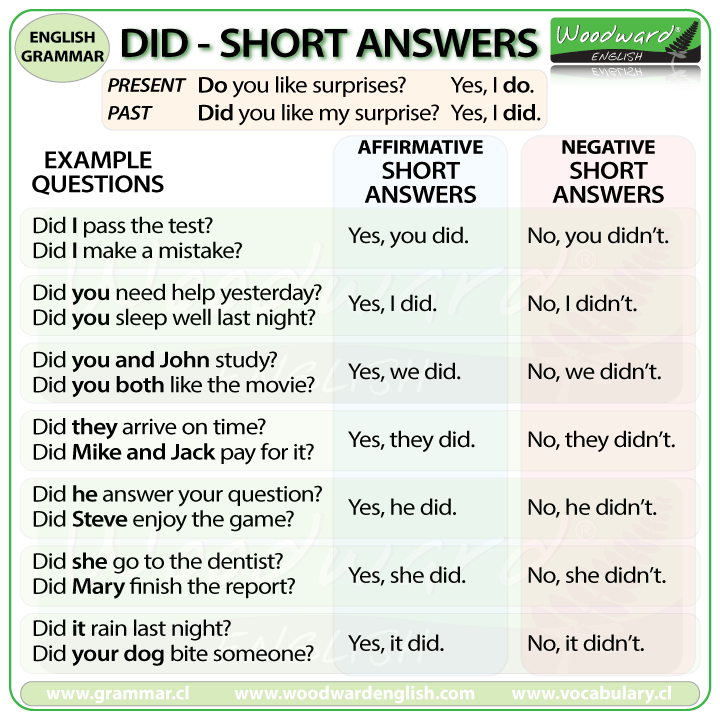
Our professional dance school in Nizhny Novgorod, Dynamo NN, invites you to enroll in dance classes as it is the ideal place for dance lessons. The life of people who are engaged in dancing is always rich and vibrant. If you are thinking about how to diversify your daily life by bringing new bright colors into it, we invite you to our dance studio! Do not think about the lack of free time: if you do not move much, then you definitely need to do physical exercises. You can do this with us, having fun and in a pleasant company of people who lead a healthy lifestyle. You can tell yourself that you don't need a dance studio at all, since you can make rhythmic movements to music at home. But you must understand that without the professional intervention of an experienced teacher, it is unlikely that you will be able to achieve good results.
Advantages of our dance school
All classes take place in exceptionally modern and equipped dance halls. Lessons in our dance school provide another important advantage - this is body shaping. During the course you will be constantly on the move, aerobic exercise has a positive effect on the body - fats are burned, blood circulation is enhanced. You can significantly improve your health. Note that our classes relieve fatigue. We can visit both adults and children. It doesn't matter how old you are: you can come to our school and start studying right away. But you can only do this if you get rid of self-doubt.
During the course you will be constantly on the move, aerobic exercise has a positive effect on the body - fats are burned, blood circulation is enhanced. You can significantly improve your health. Note that our classes relieve fatigue. We can visit both adults and children. It doesn't matter how old you are: you can come to our school and start studying right away. But you can only do this if you get rid of self-doubt.
Dance school training
Dance training with us includes not that empty mechanical memorization of movements, but their deep understanding. To create the atmosphere of the dance itself is what is really important to us. Over time, you will begin to master this or that style, you will begin to feel the direction. Our modern dance school in Nizhny Novgorod is visited by really talented choreographers. Always friendly and welcoming atmosphere, great sound, interesting presentation. Our dance studio will not let you relax. It will take a lot of effort, but the end result is worth it! We have created all the necessary comfortable conditions for classes - large halls with mirrors, a high-quality audio system, air conditioning, reasonable prices and discounts, classes will cost inexpensively.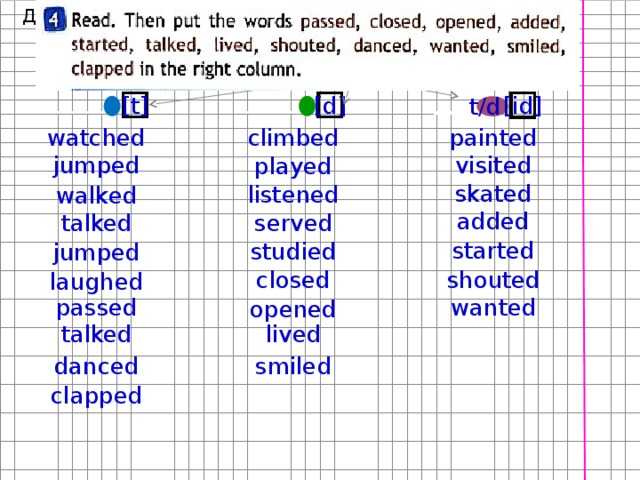
OUR HAPPY CLIENTS
MELSHEKHIN Dmitry Valerievich
Director, head coach
Hamaza Guzel Faritovna
Deputy Director
Shevchuk Lilia Matveevna
Ivanova Viktorovna
Senior Coach
I have its own, brings daily joy and pleasure! I was lucky, in my case - it's dancing! It's great when there is a place where you can easily practice surrounded by people! The dance studio for adults and children "Dynamo-NN" is just such a place. Friendly atmosphere, large spacious dance hall, choreography hall. Special thanks to the Latina (Pro-Am) group. I am sure that the Pro-Am tournament will also take place.
I really liked the Dynamo-NN dance school) Here I found many new friends for myself) Kind and very funny teachers!
I express my admiration for the professionalism and express my special gratitude to my teacher Dmitry.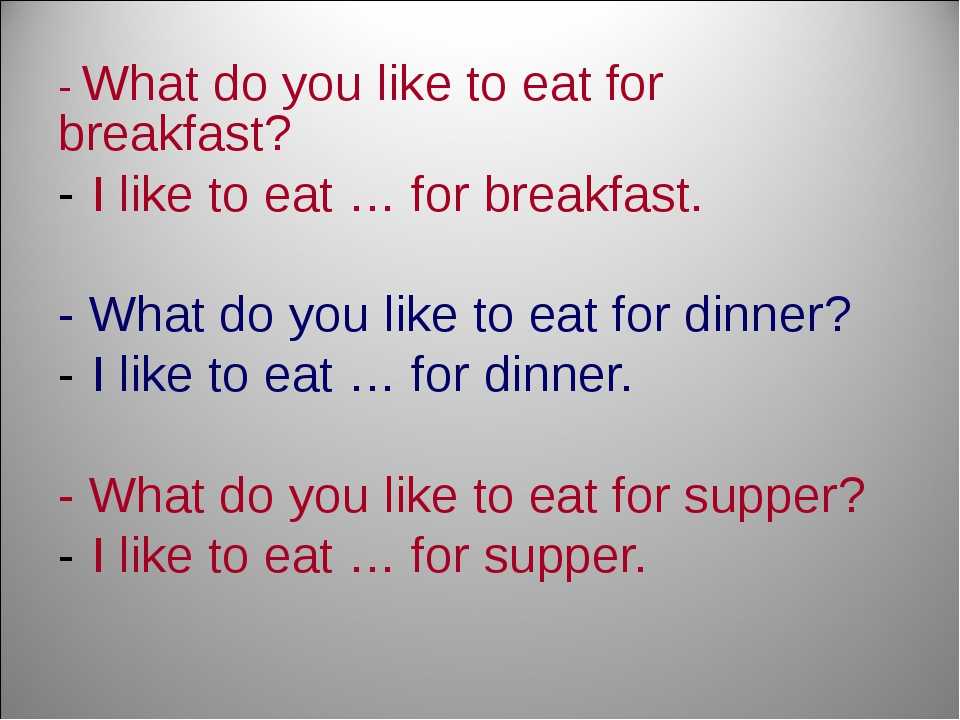 The school has excellent conditions for training!
The school has excellent conditions for training!
The most excellent school for setting dance skills, very friendly staff. All teachers are professionals, some world class. One has only to come here once and you can stay forever) Thank you!
December 24 New Year's concert-report at Dynamo-NN
Find out more
Back Further
Balls and traditions. Interesting facts
Ball, ball, ball!!!
Ball is always a holiday. Bright, colorful, sparkling, cheerful. And this holiday has always been desired and loved in Russia.
Balls were given all year round, but the season began in late autumn and continued throughout the winter. Often in one evening I had to attend two or three balls, which required considerable strength, besides, many balls ended in the morning, and the next day it was necessary to make visits and prepare for the upcoming amusements.
Balls and masquerade balls were divided into class, professional, age categories, timed to coincide with special celebrations, and were court, public, private, merchant, wedding, children's . ..
..
Balls of the Noble Assembly, balls of artists and balls held foreign embassies, merchant balls.
History of balls in Russia
The first ball in Russia took place in Moscow at the wedding of False Dmitry and Marina Mnishek.
Peter I resumed the balls, and since then they have become loved and revered both in the capitals and in the provinces of the Russian Empire.
Peter's assemblies became the prototype of future balls. The assemblies were gatherings with dances. Assemblies began to be held in St. Petersburg and Moscow as early as 1717 in the homes of the Russian nobility.
Assemblies served not only as a means of entertainment - "for fun", but also a place "for reasoning and friendly conversations."
Then, during the reign of Anna Ioannovna, Elizabeth Petrovna and Catherine II, assemblies completely supplanted balls and masquerade balls.
A ball is a solemn public or secular event, the main component of which is a dance program.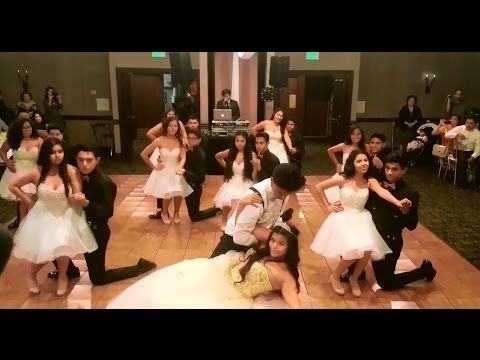
Therefore, since the 18th century, dance has become a compulsory subject in all higher and secondary educational institutions, schools and boarding schools. It was studied at the royal lyceum and at modest vocational and commercial schools, at the gymnasium and at the cadet school.
In Russia, they not only perfectly knew all the latest and old ballroom dances, but also knew how to perfectly perform them. The dance culture of Russia in the 19th century stood at a high level.
Ballroom dress code
The ball has its own ceremonial and rules of conduct, which makes it so majestic and luxurious. All this allowed to maintain sophistication and attractiveness.
It was customary to come to the ball dressed smartly. Cavaliers - in a tailcoat pair, tuxedo or suit (depending on specific requirements and conditions), white shirt and vest. By the way, tailcoats were of different colors, only by the end of the 30s of the XIX century the fashion for black was established.
White gloves were an obligatory item of clothing for gentlemen. The civilians wore kid gloves, and the military wore suede gloves.
Moreover, according to the rules, the lady had every right to refuse the gentleman without gloves. Therefore, it was better to come to the ball in black gloves than no gloves at all.
Civilian gentlemen's costumes depended little on fashion and were recommended to be sewn in classical forms.
The military came in dress uniforms corresponding to their regiments.
Cavaliers came to the ball in boots. Ballroom boots were also worn by the military, and only uhlans were allowed to wear boots. The presence of spurs was not approved. The fact is that the spurs tore the dresses during the dance. But some lancers broke this rule for the sake of panache.
Ladies and girls dressed in fashionable dresses. As a rule, the dress was sewn for one ball and only in extreme cases was used twice.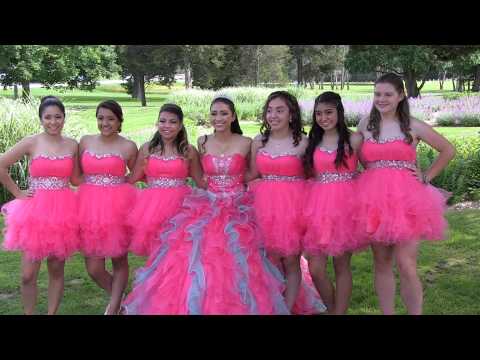
Ladies could choose any color for the dress, unless otherwise specified. For example, on January 24, 1888, an emerald ball was held in St. Petersburg, at which all those present were dressed in the appropriate color.
Dresses for girls were made in white or pastel colors - blue, pink and ivory, that is, the color of "ivory".
Matching gloves or white gloves were matched with the dress. By the way, wearing rings over gloves was considered bad manners. Even more interesting facts can be found in the historical park "Russia-My History".
Ladies could adorn themselves with a headdress.
The girls were encouraged to have a modest hairstyle. But in any case, the neck had to be open.
The cut of ball gowns depended on fashion, but one thing remained unchanged in it - open neck and shoulders.
With such a cut of the dress, neither a lady nor a girl could appear in society without jewelry around the neck - a chain with a pendant or a necklace.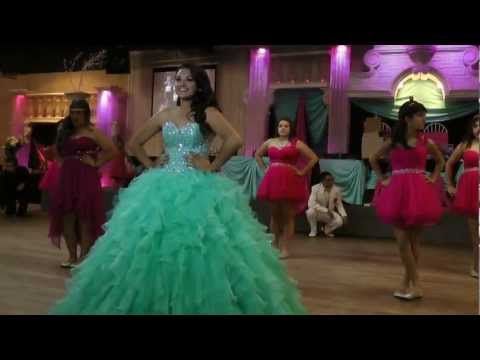 That is, something had to be worn necessarily.
That is, something had to be worn necessarily.
Ladies' jewelry could be any - the main thing is that they are chosen with taste. Girls were supposed to appear at balls with a minimum amount of jewelry, for example, with a pendant around their neck or a modest bracelet.
An important component of the ladies' ball costume was the fan, which served not so much to create a fresh breath, but as a language of communication, now almost lost.
Recovering to the ball, the lady took with her a ball book - carne or agenda - where, opposite the list of dances, she entered the names of gentlemen who wanted to dance this or that dance with her. Sometimes the reverse side of the fan could be used instead of the agend. It was considered excessive coquetry to brag about your completed agenda, especially to those ladies who were rarely invited.
Rules of conduct at the ball
By accepting the invitation to come to the ball, everyone thus assumed the obligation to dance.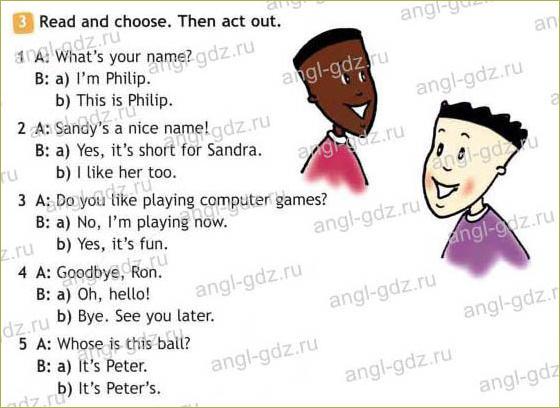 Refusing to participate in dances, as well as showing discontent or making it clear to a partner that you dance with him only out of necessity, was considered a sign of bad taste. And vice versa, it was considered a sign of good education at the ball to dance with pleasure and without coercion, regardless of the partner and his talents.
Refusing to participate in dances, as well as showing discontent or making it clear to a partner that you dance with him only out of necessity, was considered a sign of bad taste. And vice versa, it was considered a sign of good education at the ball to dance with pleasure and without coercion, regardless of the partner and his talents.
At a ball, more than at any other social event, a cheerful and amiable expression is appropriate. To show at the ball that you are not in a good mood or are dissatisfied with something is inappropriate and impolite in relation to those having fun.
Starting conversations with acquaintances before paying tribute to the owners was considered indecent. At the same time, not greeting acquaintances (even with a nod of the head) was also unacceptable.
There was a special culture of invitation to dance at the balls. An invitation to the dance was allowed in advance, both before the ball itself and at the ball. At the same time, it was considered impolite if a lady arrived at the ball promising more than the first three dances in advance.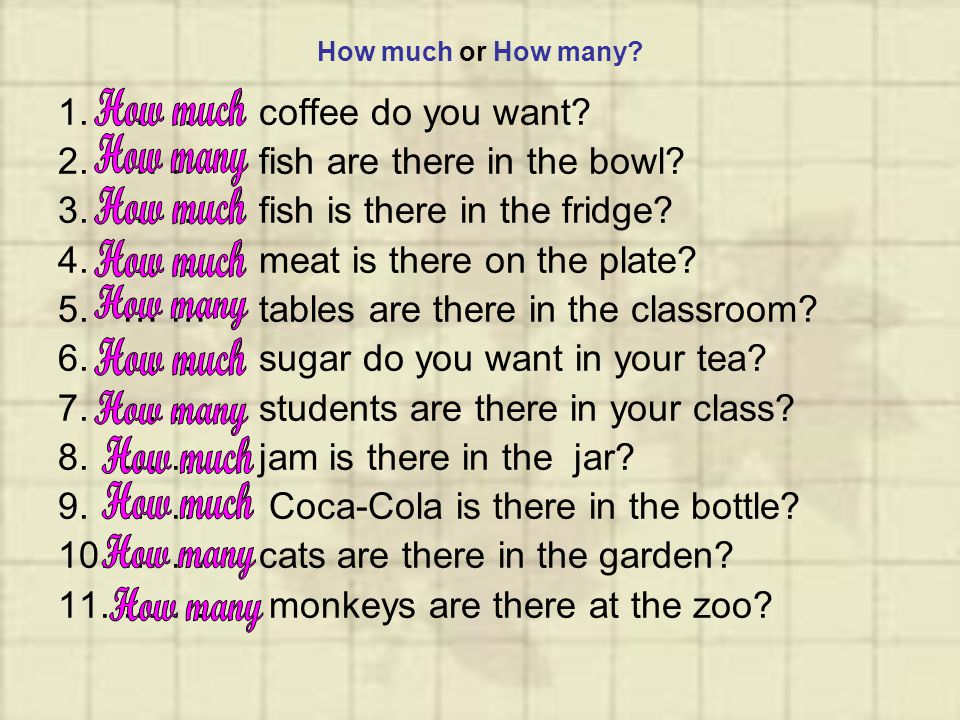
In the ballroom, order and dancing are supervised by the ball steward.
During the ball, gentlemen should monitor the comfort and convenience of the ladies: bring drinks, offer help. The gentleman had to make sure that his lady was not bored.
Talking at a ball is certainly permissible. At the same time, it is not recommended to touch on complex and serious topics, as well as to gather a large company around you.
Buffoonery is not appropriate at balls. Even gentlemen who have a too cheerful disposition are advised to behave with dignity at the ball. Quarrels and quarrels between gentlemen are highly discouraged during the ball, but if disagreements arise, then it is recommended to resolve them outside the dance hall. Ladies are the main decoration of any ball. Therefore, it behooves them to behave affably and nicely. Loud laughter, slander, bad humor can cause disapproval of a decent society. The behavior of the ladies at the ball should be distinguished by modesty, the expression of extreme sympathy for any gentleman can give rise to condemnation.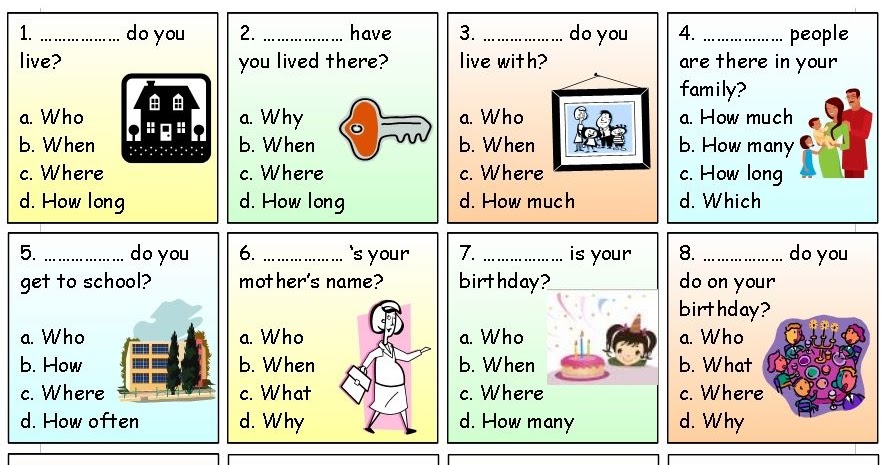
Most of all, any manifestations of jealousy on the part of ladies and gentlemen are inappropriate at the ball. On the other hand, indiscreet looks and defiant behavior that provokes other participants in the ball are also unacceptable.
Dancing
According to the rules, the gentleman began the invitations to dances with the hostess of the house, then all her relatives followed, and only then it was the turn to dance with their familiar ladies.
At the beginning of the 19th century, the ball opened with a polonaise, where in the first pair the host walked with the most honored guest, in the second pair - the hostess with the most honored guest.
At the end of the 19th century, the ball began with a waltz, but court, children's and merchant balls opened with a majestic polonaise.
During the 19th century, the number of dances that a gentleman could dance with one lady during a ball changed. So at the beginning of the century this number was equal to one, and already in the 1880s two or three dances were allowed, not following one after another in a row.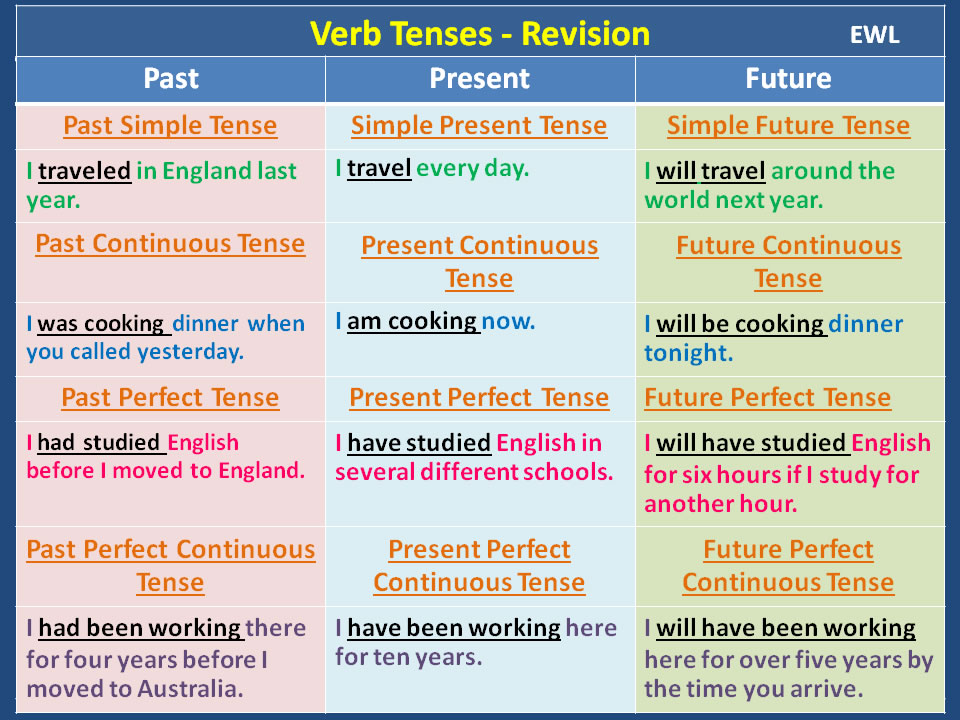 Only the bride and groom could dance more than three dances. If the gentleman insisted on more than expected number of dances, the lady refused, not wanting to compromise herself.
Only the bride and groom could dance more than three dances. If the gentleman insisted on more than expected number of dances, the lady refused, not wanting to compromise herself.
During the dance, the gentleman entertained the lady with light secular conversation, while the lady answered modestly and laconic.
The cavalier's duties also included preventing collisions with other couples and preventing his lady from falling.
At the end of the dance, the gentleman asked the lady where to take her: to the buffet or to the place where he took her from. After exchanging mutual bows, the gentleman either left, or could remain next to the lady and continue the conversation for some time.
As a rule, after the mazurka, the gentleman led the lady to the table for dinner, where they could talk and even confess their love.
Everyone had dinner in the side parlors, at small tables.
In addition, a buffet was always open at the balls with various dishes, champagne, a large selection of hot and cold drinks.


